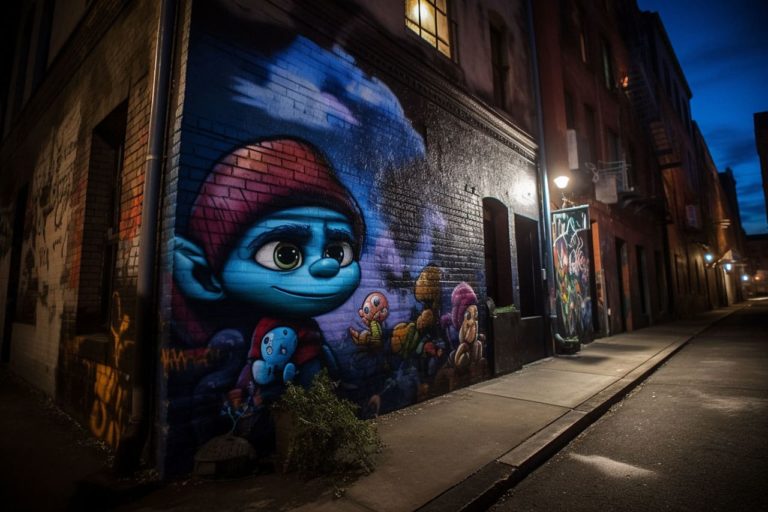In cities across the globe, street art continues to captivate and inspire residents and visitors alike. From the colorful murals of Latin America to the stenciled images of Banksy in Europe, street art is a vibrant and constantly evolving art form that has become an integral part of urban culture.
Street art can take many different forms, from large-scale murals to small, intricate installations. Some street artists create works that are politically charged or socially conscious, while others aim simply to beautify the urban landscape or create a sense of wonder and surprise for passersby.
Despite its grassroots origins, street art has gained increasing recognition and legitimacy in the art world in recent years. Major museums and galleries now feature street art exhibits, and some of the most famous street artists have achieved international fame and acclaim.
One of the reasons for the continued popularity of street art is its accessibility. Unlike traditional art forms that are often confined to galleries or museums, street art is available to anyone who happens to pass by. It can brighten up an otherwise drab urban environment, and even spark conversations and debates about important social or political issues.
Street art is also a medium that allows for experimentation and innovation. Because it is often created on public spaces without permission, street artists have had to find creative ways to avoid detection and create works that are both impactful and ephemeral. This has led to new techniques and styles that push the boundaries of what we think of as “art.”
Of course, street art is not without its challenges. Many cities have laws and regulations that prohibit the creation of graffiti or street art on public property, and some people view street art as a form of vandalism or a blight on the urban landscape. However, for many artists and enthusiasts, street art is a way to reclaim public spaces and challenge the status quo.
Despite the challenges, street art shows no signs of slowing down. New murals and installations are popping up in cities all over the world, and street art festivals and tours are becoming more and more popular. Whether you’re a longtime fan of street art or a curious newcomer, there’s no denying that this vibrant and dynamic art form has much to offer.
Frequently Asked Questions about Street Art
Q: What is street art?
A: Street art is a form of public art that is created on buildings, walls, and other public surfaces in urban environments. It can take many different forms, including murals, graffiti, stencils, installations, and more.
Q: Is street art legal?
A: In many cases, street art is created without the permission of property owners or city officials, and may be considered a form of vandalism. However, many cities have begun to embrace street art and may offer designated areas or permits for artists to create public art.
Q: Who creates street art?
A: Street art is created by a wide variety of artists, from anonymous graffiti writers to well-known muralists and contemporary artists. Street artists often work outside of traditional art institutions and may use a variety of techniques and mediums to create their works.
Q: What is the significance of street art?
A: Street art is significant for many reasons. It can beautify and add character to urban environments, create a sense of community and pride, and provide a platform for political or social commentary. It can also challenge traditional ideas of art and who gets to create and display it.
Q: Can street art be sold or bought?
A: Yes, many street artists have found ways to monetize their work, either by selling original pieces, prints, or merchandise. Some street art has even been auctioned off in galleries and art auctions, although this can be controversial among the street art community.
